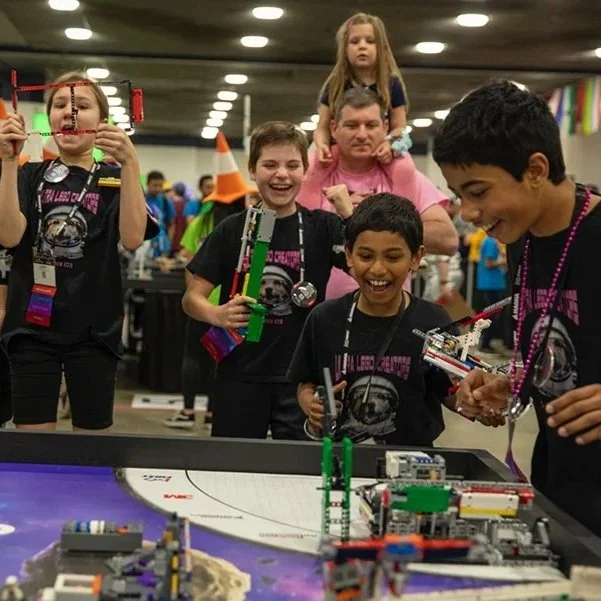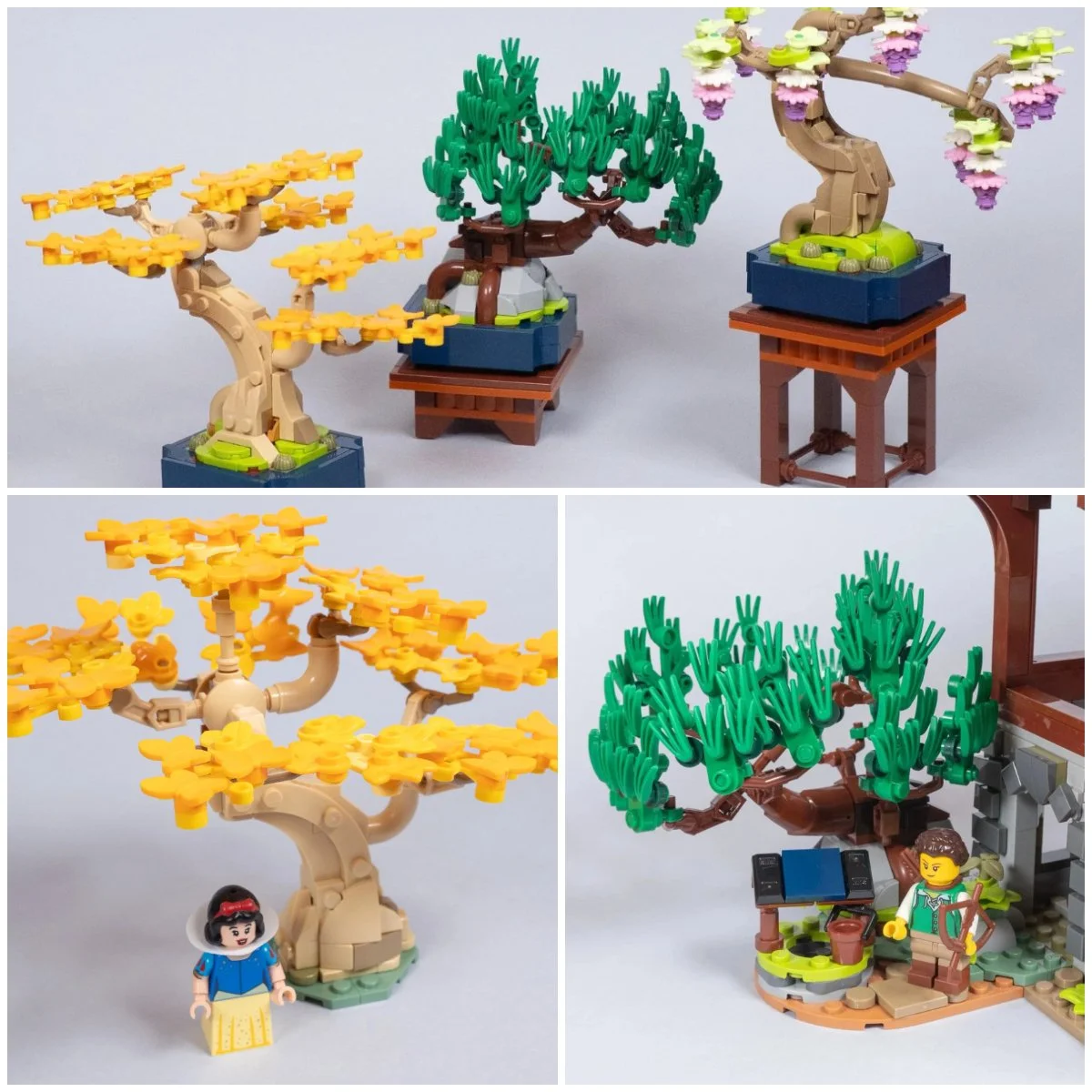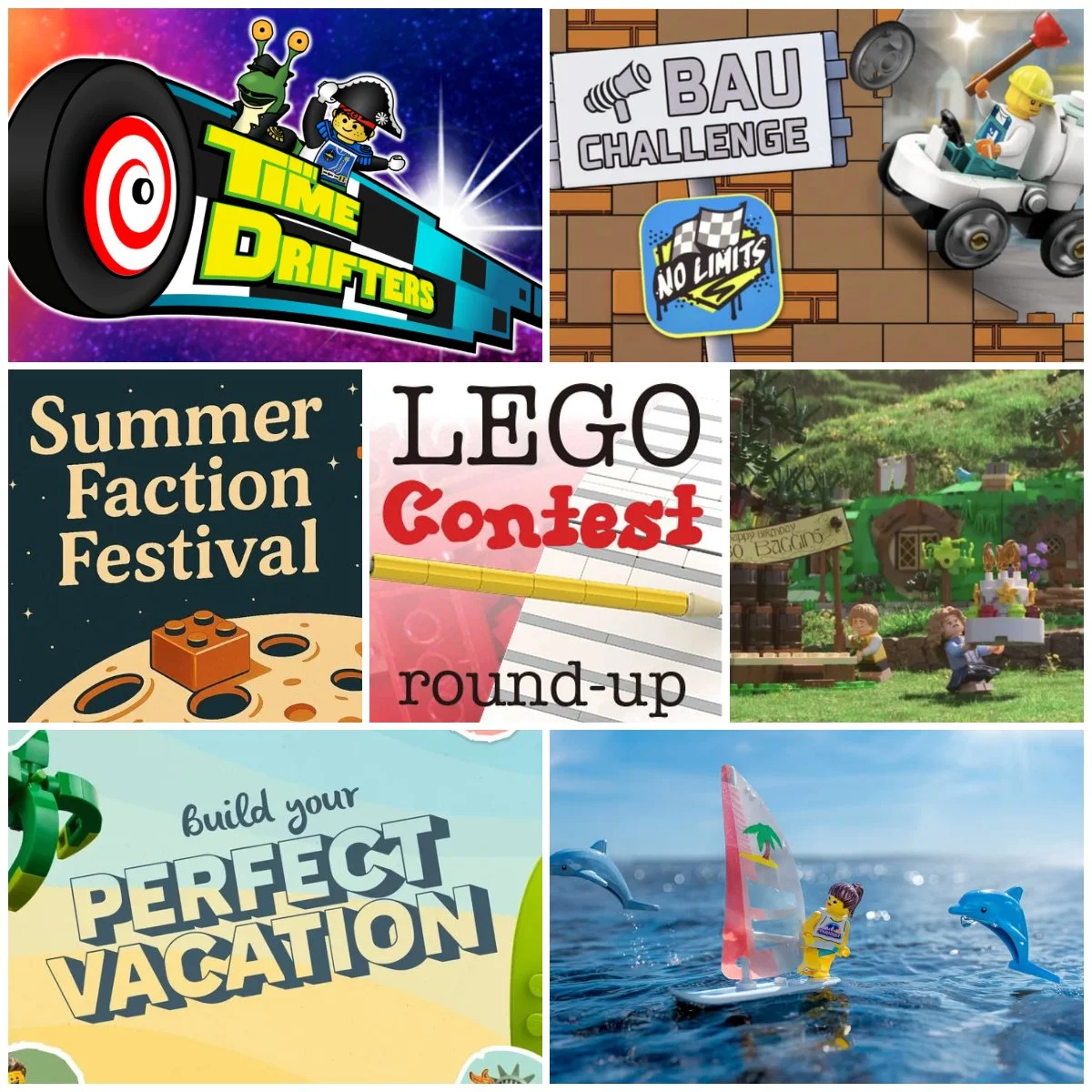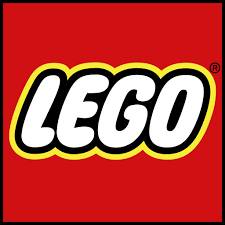How to Start a First LEGO League Team
/Last year, at a farmer’s market, I was surprised to find a robotics team nestled in between the local fruits and veg. I watched as the young people running the booth let kids come up and control a mobile robot that was sucking up large foam rings and then shooting them at a target. The booth was run by a team of teenagers from the local high school, and they had designed, coded, and built the robot for something called the First Robotics Competition.
Each year, the parent organization issues a series of challenges and rules for the playing fields and robots that the team will build. The teams then, in their own home shop, build a robot designed to complete those challenges as quickly as possible. They then meet in a series of regional events and progress to national competitions. Winners are based on the number of challenges completed, as well as an equally important presentation where judges are looking for how closely the team adhered to the league’s core principles.
I was blown away. These young people not only built and coded the robot in a shop with CNCs, 3D printers, water jet cutters, etc., but they also did the work to keep the team going, like calling companies for donations and fundraising. My oldest child is still years away from high school, so I said, “Maybe I’ll see you in a few years.” That’s when they told me about First LEGO League (FLL). They also said that they used to have a FLL team, but it disbanded as the kids aged into the high school level. “Would I be interested,“ they asked, “in starting up a team?”
What is First LEGO League?
To an outsider, First LEGO League (FLL) can at times be hard to parse, with its regional/state-based structure and numerous acronyms. It’s taken me almost a year to feel like I fully understand what we’ve undertaken by trying to get a team off the ground.
In the simplest terms, FLL is similar to First Robot Competition, but scaled down for a different age set and using LEGO bricks instead of CNC machines. It’s a team-based experience that uses LEGO to teach STEM, Robotics, and teamwork to groups of kids aged 4-16. At the higher age group, kids build LEGO robots to compete in a series of regional and national competitions against other teams of similarly-aged kids. FLL is about more than just building robots, also emphasizing core values like teamwork, innovation, inclusion, impact, and fun.
FLL is divided into three divisions, each based on age and skill levels:
Discover is designed for the younger kids aged 4-6, focusing on introducing basic STEM concepts play and exploration with Duplo bricks. Explore, for ages 6-10, gets into coding with the LEGO Spike Prime system and presents challenges that the kids overcome using teamwork, problem-solving, and, of course, LEGO.
Challenge, the most advanced tier, is aimed at kids 9-16. At this level, the kids themselves will build and code a robot to solve a given series of challenges. At this level, teams can choose to compete in competitions with other Challenge teams, usually based on themed seasons. For this coming year, the theme was announced last May as “Unearthed.”
The LEGO kits teams need are delivered over the summer, and then in the fall, we get our first series of challenges. These challenges will be simple to understand—think “place a LEGO fish into a brick-built bucket”—but coding a robot to complete the challenge is harder. Each season has its own game map that dictates where on the table the challenges will be placed.
For teams on the Challenge tier, competition season runs from November through March, and then longer if you advance to higher tournaments. Teams all meet in a single location and, in front of judges, run their robot through that season’s challenges. They’re judged on how many challenges they complete and how quickly they complete them. The kids also present their robot to the judges, where they’re also judged on the league’s core principles.
How Do You Start a First LEGO League Team?
The most obvious, concrete need your team has is financial. Putting aside a conversation about team funding, grants, etc., here is the minimum financial commitment:
First, you’ll need a LEGO Education set like Spike Prime or Spike Essentials. These are a special line of LEGO sets with noticeably higher prices because you’re purchasing the pieces as well as the lesson plans and app access that teach the kids. You can purchase these directly from LEGO or through LEGO Education. The kits range from $250 to $400, depending on which FLL tier your team is in.
via lego.com
Next, you‘ll need to register your team. Again, depending on your tier, this ranges from $140-$275. This fee provides that season’s LEGO set (required for challenges), workbooks, lesson plans, and a few other things. While you can reuse the Spike kits, registration must be renewed annually.
Beyond those costs, you’ll need a meeting space and, for those in the challenge tier, that space has to be big enough to accommodate a competition table, which measures 93” x 45”. You’ll obviously also need said table. You can ask local companies for donations for the team, apply for grants, or look for sponsorships to help with these costs.
Lastly, you’ll need time—time to plan meetings, run meetings, meet with parents, etc. We’re currently in downtime for FLL, and I’m spending about three hours a week on the team. For this reason, it’s helpful to have a team of active parents who can share the burden.
But I Don’t Know How to Code!
I was worried about coaching a team, as I’m a complete novice when it comes to coding and I almost wrote off the entire idea of coaching a team because of it. But this year at Bricks Cascade, I watched a presentation from Becky Gorlin of Build to Steam. An accomplished FLL coach, teacher, and MOC builder, Becky took the time to chat with me after her talk and assured me that not knowing how to code wasn’t a roadblock.
She said it was almost better that I didn't know how to code, because I’d be learning right alongside the kids. I wouldn’t come in with any preconceived notions about the “best” way to do things, which could actually foster more creativity and problem-solving within the team. Moreover, she said, the coding at the Explore stage is all done via code blocks (building code with pictures), not unlike LEGO blocks.
Her perspective was exactly what I needed to hear, and it gave me the confidence to dive in and coach a team this fall. So, if you’re worried about your own technical skills, take comfort in knowing that learning together is a huge part of the FLL journey. Thanks, Becky!
With that reassurance in mind, I took the plunge and began laying the groundwork for our first season.
Beginning Our First Year
The Robotics team that I met that fateful day put me in touch with a few other families who had reached out about FLL. In addition, they are kindly providing us with a ton of support from mentors and meeting spaces, to SPIKE kits and competition tables. In their eyes, as they shared, FLL is a “farm team” for the First Robotics Competition team at the high school level. They need kids familiar with the system and excited about joining the higher tiers as they age into them.
We began meeting regularly in January, and officially registered for our first season starting this fall. We just opened our Unearthed kits and started building this season’s models. While I’m nervous—I’ve never coached anything before—I’m excited for the challenge.
If you’re interested in starting up your own team, follow along on BrickNerd as I share the highs and lows of our first year. With the season just getting underway, I’ll be sharing what works, what doesn’t, and everything in between as we navigate our rookie year. Code well!
Do you have any experience launching a First LEGO League team? Let us know in the comments below.
Do you want to help BrickNerd continue publishing articles like this one? Become a top patron like Marc & Liz Puleo, Paige Mueller, Rob Klingberg from Brickstuff, John & Joshua Hanlon from Beyond the Brick, Megan Lum, Andy Price, Lukas Kurth from StoneWars, Wayne Tyler, Dan Church, and Roxanne Baxter to show your support, get early access, exclusive swag and more.
























